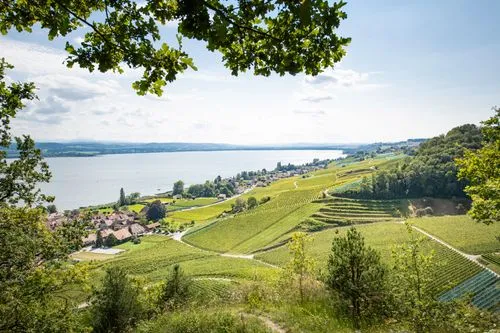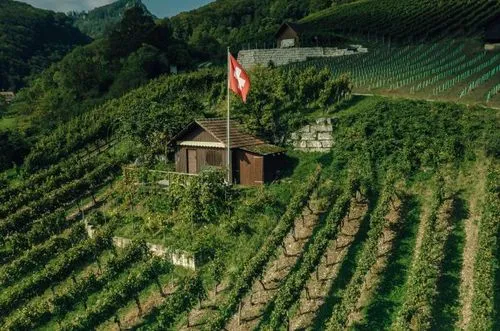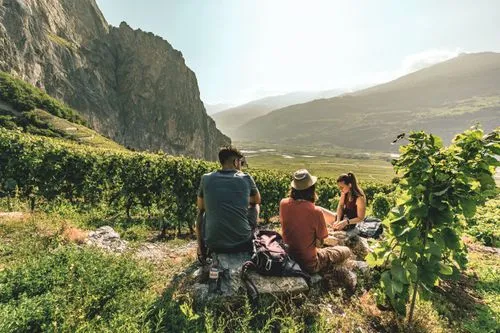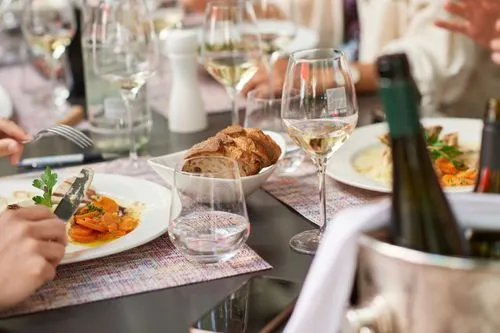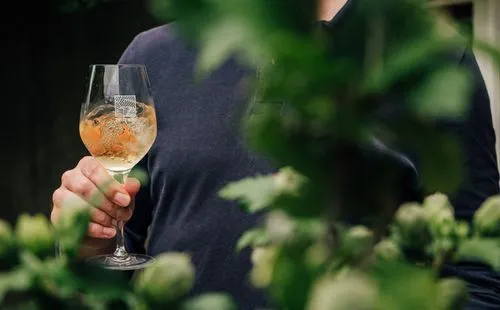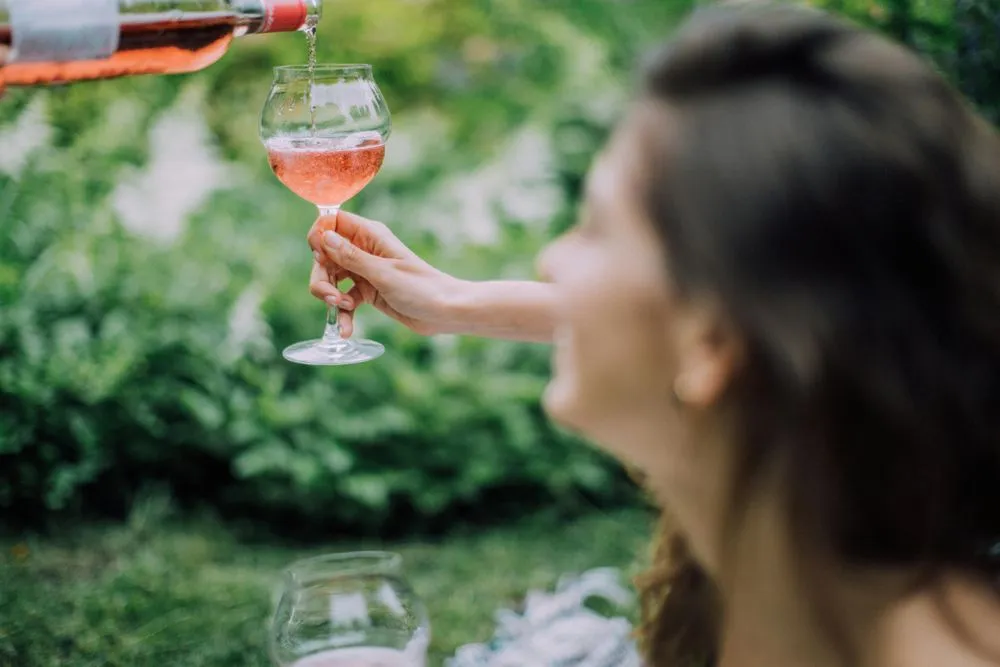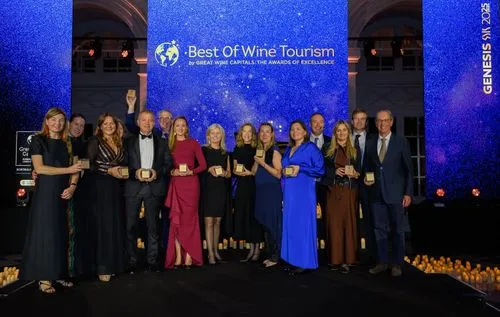Fresh, fruity, rosé – summer wine in the spotlight
Whether at a barbecue on the balcony, a picnic by the lake or an aperitif with friends, rosé is an integral part of the warm season. Its delicate colour, fresh aroma and uncomplicated nature make it the ideal summer companion.
How is rosé made?
Rosé is made from red grapes – just like red wine.
The key difference lies in how long the juice remains in contact with the grape skins. This is because the pigment in grapes is found in the skins. To make rosé, the grapes are gently pressed or macerated for a short time (usually a few hours), i.e. fermented together with the skins. This gives the wine its typical pink colour, which can range from light to deep depending on the grape variety and production method.
There are three common methods of production:
Direct pressing: Red grapes are pressed immediately, just like white wine. The juice only has brief contact with the skins, resulting in particularly light, elegant rosés.
Maceration or short maceration: The grapes are left to stand for a few hours before the juice is pressed. This produces more intense colours and more pronounced aromas.
Saignée method: Part of the juice is drawn off during red wine production (‘bled’) and fermented separately as rosé. This method usually produces concentrated, aromatic wines.

Swiss rosé – regional, diverse and rich in tradition
Rosé also has a long tradition and style in Switzerland. Particularly well known is the Œil de Perdrix (French for ‘partridge eye’) from the canton of Neuchâtel, a salmon-coloured rosé made from the Pinot Noir grape variety. This speciality has been produced since the 19th century and is exemplary of the elegant Swiss rosé style.
Today, high-quality rosés are produced in various regions of Switzerland from different grape varieties:
Pinot Noir: Mainly in German-speaking Switzerland, Valais, Vaud and Neuchâtel – for fine, elegant rosés.
Gamay: Often found in the Lake Geneva region or in Geneva's wine-growing areas – for fruity, lively rosés.
Merlot: In Ticino – produces full-bodied rosés with a Mediterranean flair.
Syrah, Zweigelt or Garanoir: Depending on the region, other grape varieties are also used to give the wines character and colour.
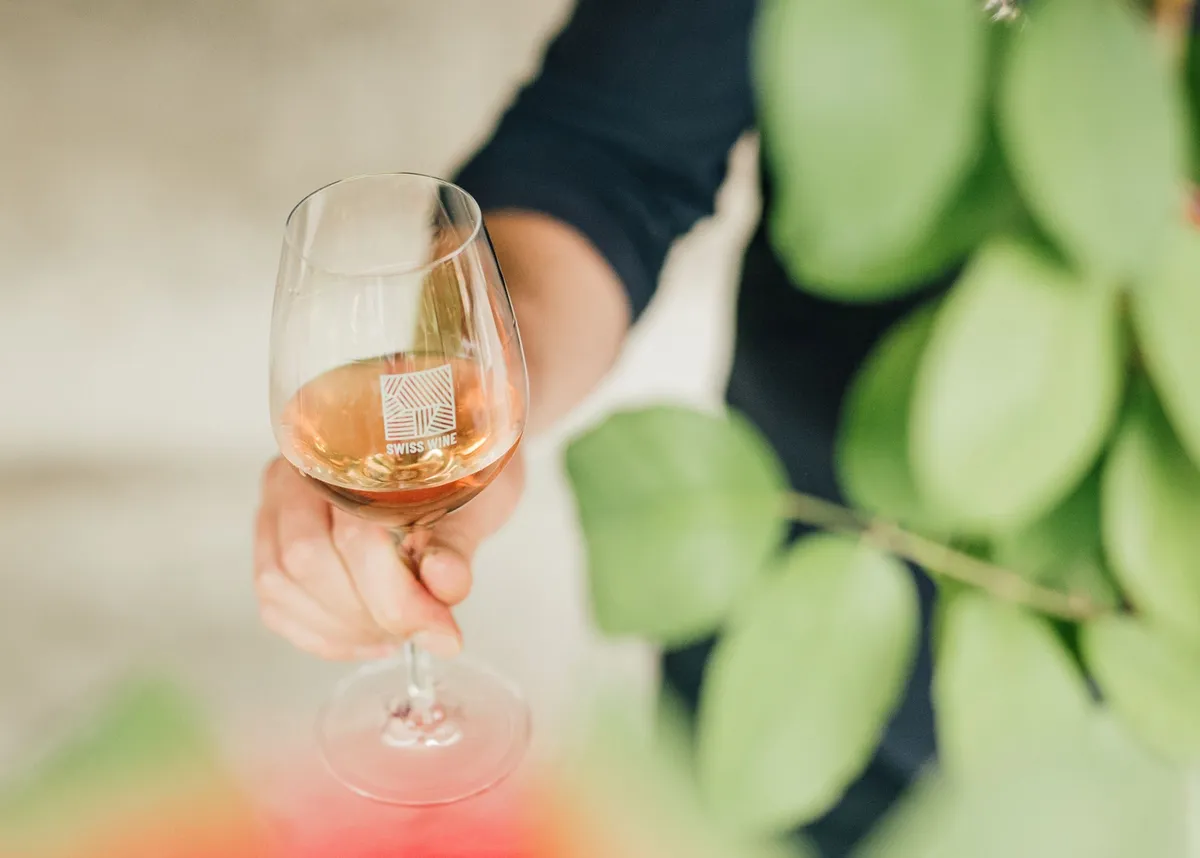
Serving rosé – how to bring out its best
Rosé should not only look beautiful, but also taste good. Here are a few tips to help you enjoy the wine to the fullest:
Serving temperature
Ideal: 8–10 °C
Do not serve too cold, otherwise the aromas will be lost.
Food pairing
Rosé is an all-rounder at the table – especially in summer. It goes well with:
Grilled vegetables, chicken, grilled fish
Salads with goat's cheese or berries
Light pasta dishes with tomato or seafood
Antipasti, tapas and aperitif platters
Related events
Related Articles
All the news about Swiss wines and exclusive reports.
To visit our site, you must be of legal drinking age in your country of residence.
